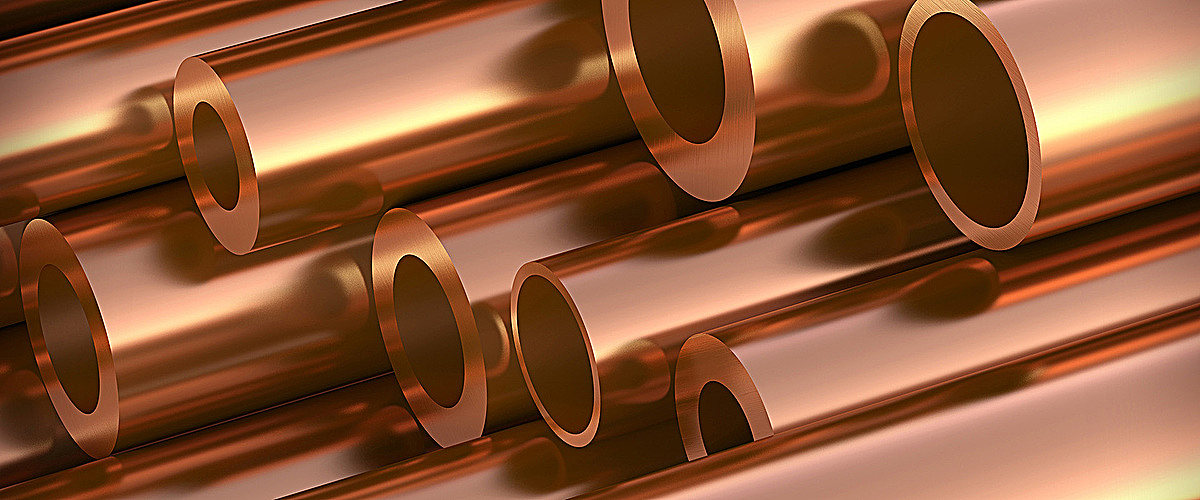Ion exchange resin can selectively adsorb and separate certain metal ions or certain types of metal ions from mineral leaching solution or slurry, and then get concentrated solution containing certain metal ions after elution with different eluents, and then obtain metal with higher purity after reduction. As the ion exchange resin can fix cations or anions, it can transform one inorganic substance into another through ion exchange, or remove impurities from the inorganic compound body. Therefore, ion exchange resin can be used to prepare and purify inorganic substances. There are two different design principles for separation and purification of mixtures by ion exchange resin. First, the mixed ions are passed through the exchange column, and the resin selectively adsorbs and retains the needed ions, and impurities are removed through the column; The other is to retain impurities quantitatively on the resin column so that the required ions flow out of the column for purification. In practical application, it should be selected according to the specific situation. The former is generally used for systems with more impurities, such as hydrometallurgy, while the latter is suitable for systems with less impurities, such as compound purification.
Extraction and separation of precious metals by ion exchange resin
In the 1980s, the production and consumption of precious metals gold, silver, platinum, palladium, rhodium, iridium, ruthenium, and osmium increased year by year, stimulating the rapid development of precious metal extraction and separation technology. The application of ion exchange resin extraction method in hydrometallurgy of precious metals is also gradually expanded.
In nature, gold mainly coexists with sulfide of iron, silver, arsenic, copper and other metals in the form of natural metal or gold/silver alloy. The gold can be leached from the ore with the aqueous solution of cyanide, chlorine, thiourea, thiosulfate and other complexing agents. The complexing ions enriched with gold can be adsorbed from the gold ore leaching solution or ore pulp with ion exchange resin or chelating resin and separated from other elements, and then eluted with appropriate desorption agent. The gold can be obtained from the eluted gold rich solution by electrolysis, with the purity generally above 95%. In recent years, people have carried out a lot of exploration and research in resin types, extractants and extraction conditions, adsorption and desorption conditions, and achieved good experimental results. Although thiourea is a less toxic extractant and desorption agent, due to cost reasons, the current wet resin gold extraction process still uses cyanide leaching, anion exchange resin adsorption, and desorption with cyanide or thiourea solution.
Ion exchange resin can also be used to recover silver from waste fixing solution and electroplating waste liquid. In the metallurgical industry, a large amount of silver is extracted from the ore slurry or feed liquid after gold extraction. The cyanide leaching/ion exchange resin adsorption method for extracting silver has much in common with the above methods for extracting gold, but the cyanide leaching of silver minerals is difficult. When sulfide is contained in minerals, the cyanide reaction of silver is reversible, and only high cyanide concentration can ensure the full dissolution of silver. Not only that, silver cyanide complexes have different forms of existence. According to the above characteristics, a two-step cyanidation and separate adsorption process was designed to extract gold and silver from gold and silver ores simultaneously.
Platinum group metals have similar properties and often exist together in ore bodies. It is very difficult to separate and purify each metal. After years of research, ion exchange resin extraction, leaching resin extraction, liquid-liquid extraction and other technologies have been comprehensively applied to the hydrometallurgy of platinum group metals, which has greatly improved the separation and purification efficiency of platinum group metals. For example, in the process shown in Figure 6-5, platinum group metals are extracted with ion exchange resin to separate them from base metals; Then platinum group metals are grouped by distillation and liquid-liquid extraction, and then separated. Similar processes have been applied in some factories.
In addition, vanadium, gallium, tungsten, lithium, uranium and rare earth are extracted by ion exchange resin. For vanadium leaching solution, Bengbu Sany resin technology specific anion exchange resin can selectively adsorb vanadium ions. Gallium metal with low concentration exists in electrolytic aluminum industry. Gallium extraction resin developed by Bengbu Sany Resin Company can effectively extract gallium. The resin has large adsorption capacity and long service life.



 English
English
















